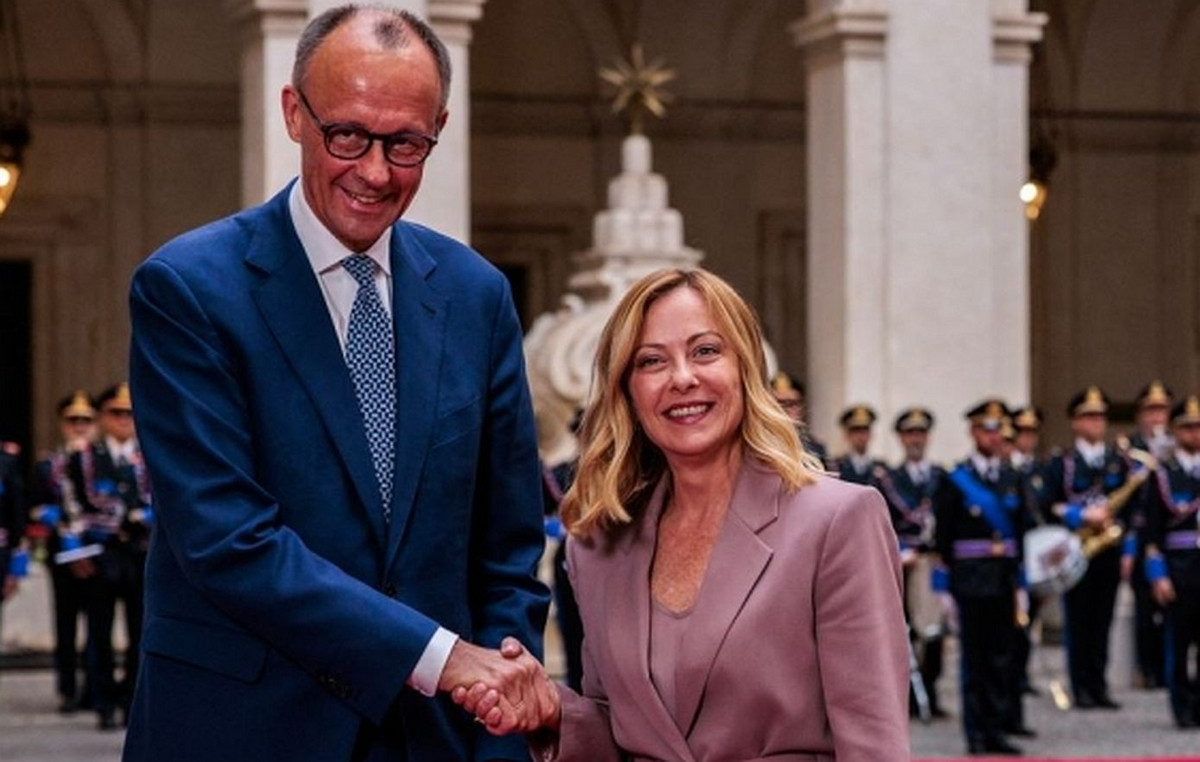South Korea, a country historically considered democratic, was surprised after President Yoon Suk Yeol’s Martial Law decree.
After the Korean War, which left more than 2.8 million dead between 1950 and 1953, South Korea’s president at the time – Syngman Rhee – adopted an authoritarian approach, declaring Martial Law and proclaiming himself president for life.
Deadly mass protests broke out against the dictatorial regime, forcing Rhee to resign and flee the country.
But democracy did not last long. General Park Chung-hee seized power in a coup in 1961, re-imposing Martial Law in the 1970s when his popularity began to decline.
The last time a South Korean president declared martial law was in 1980, during a nationwide uprising led by students and unions.
Transition to democracy
South Korea did not elect a president through free, direct elections until 1988, when Roh Tae-woo became leader — overseeing the country’s transition to democracy and becoming the first Korean president to peacefully transfer power to a civilian successor.
Since then, South Korea has been considered a modern democracy – where protests are common, freedom of expression is guaranteed and power is transferred peacefully between political rivals.
This content was originally published in Analysis: South Korea’s fight for democracy is long and painful on the CNN Brasil website.
Source: CNN Brasil
Bruce Belcher is a seasoned author with over 5 years of experience in world news. He writes for online news websites and provides in-depth analysis on the world stock market. Bruce is known for his insightful perspectives and commitment to keeping the public informed.







